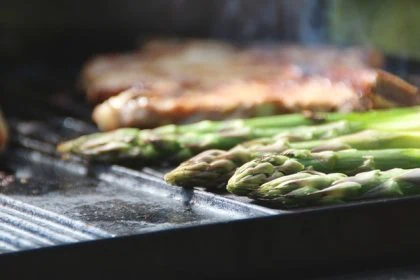3D printing is a topic of the future in many areas. As more and more materials can be processed, the possibilities of so-called additive manufactoring are growing in many industries. Central areas of industry, the construction industry, logistics and medical technology – they can all benefit from the new opportunities. At the same time, however, patent infringements in the context of 3D printing quickly occur.
Patent infringement by 3D printing?
 A patent infringement by 3D printing falls under § 9.2 No. 1 Patent Law. Because the reproduction of a patented object by means of 3D printing is a production of this product in the sense of § 3.9 No. 1 Patent Act and thus a direct use of this patent, unless the end product differs from the original product to a relevant extent. Third parties who manufacture such an object as a product or put such a product on the market are infringing patents. This does not apply to production in a private environment for non-commercial purposes.
A patent infringement by 3D printing falls under § 9.2 No. 1 Patent Law. Because the reproduction of a patented object by means of 3D printing is a production of this product in the sense of § 3.9 No. 1 Patent Act and thus a direct use of this patent, unless the end product differs from the original product to a relevant extent. Third parties who manufacture such an object as a product or put such a product on the market are infringing patents. This does not apply to production in a private environment for non-commercial purposes.
For example, can any number of wearing parts be produced if this is used in the private environment and for the production of samples?
Exceptions for non-commercial purposes
Legally this is defined in such a way that it may not only be produced in a private environment but also only for personal use. However, if the product is handed over to another person after a certain period of time, the determination of non-commercial use is no longer clear. The purpose of § 9 Patent Law, however, is to secure for the patent proprietor all economic advantages which may result from the use of the patented invention. It should also be granted effective legal protection. It is therefore important to know whether a 3D print of a patented object will actually arouse a demand for this product that is promised to be satisfied with the print.
Patent infringement by exhibiting at trade fairs
In this context, it is also important to exhibit products at trade fairs. With their presentations, the exhibitors naturally try to establish business relations with interested trade fair visitors and arouse interest in their products. This means offering in accordance with § 9 PatG (OLG Düsseldorf, I-15 U 19/14 – sterile containers) – even if the exhibitor’s registered office is abroad, for example.
Indirect patent infringement through a CAD file possible
In addition, indirect patent infringements may also occur. This belongs to § 10 Patent Law. Accordingly, a patent proprietor may also prohibit such means which themselves are not patent infringing but which are suitable and intended for the use of the invention. Such a tool can be, for example, a device or a component, descriptions or design plans, but in the context of 3D printing, a CAD file can also count as a tool.
Even the distribution of a CAD file can constitute an indirect violation. Uploading a CAD file is already an offer for delivery to see, anyway one leaves the private area with it. Simultaneous forwarding to one or more recipients is valuated as a delivery. However, downloading a CAD file from the Internet, for example from an online platform, however, is a preparatory measure for the reproduction of the product and as such not yet a patent infringement. There is also a lack of specific case law on the liability of online platform providers for CAD files – relevant here are Directive 2004/48/EC on the enforcement of intellectual property rights and Directive 2000/31/EC on legal aspects of information society services in the internal market, in particular electronic services (e-commerce Directive).
In any case, the rapid growth of 3D printing is breaking down the barrier between the digital and substantive worlds, which for a long time also protected patents. And this especially in the increasing digitalization of the last 10 to 15 years, which has already led to mass infringements in copyright law for years.
Conclusion
When filing a patent application, it is important to include design forms and processes in corresponding patent claims and to defend them in the grant procedure. Such means cannot easily be challenged in any infringement proceedings on the grounds that they constitute an indirect patent infringement.
Do you want help for patent application or protection for your patents?
Our Patent Attorneys and Attorneys at Law bundle are experts in patent- and trademark law, national and international.
Please take your chance and contact us – a request for a call-back is non-binding:
Sources:
Picture:
Ippicture /pixabay.com / CCO License








Leave a Reply